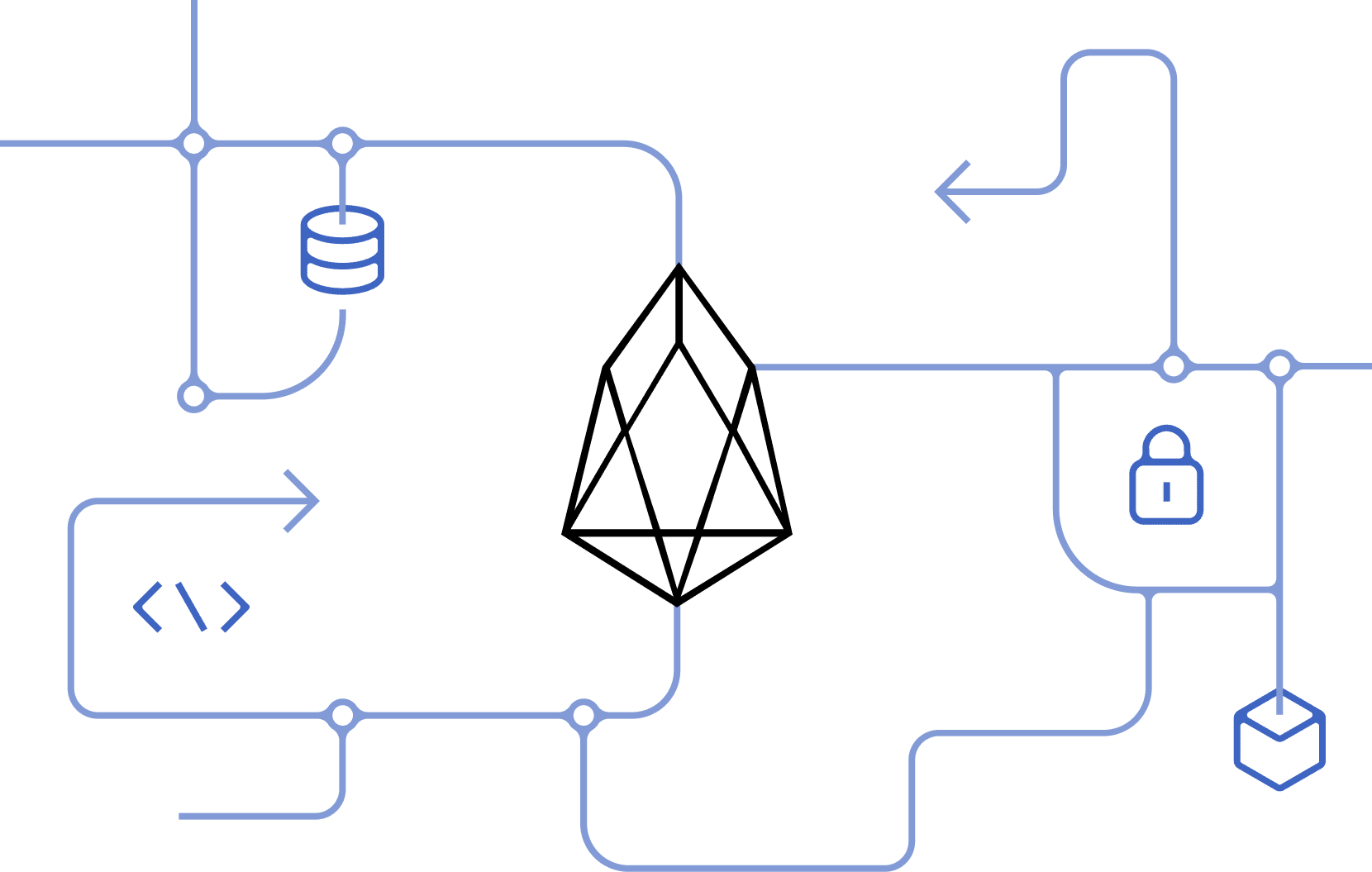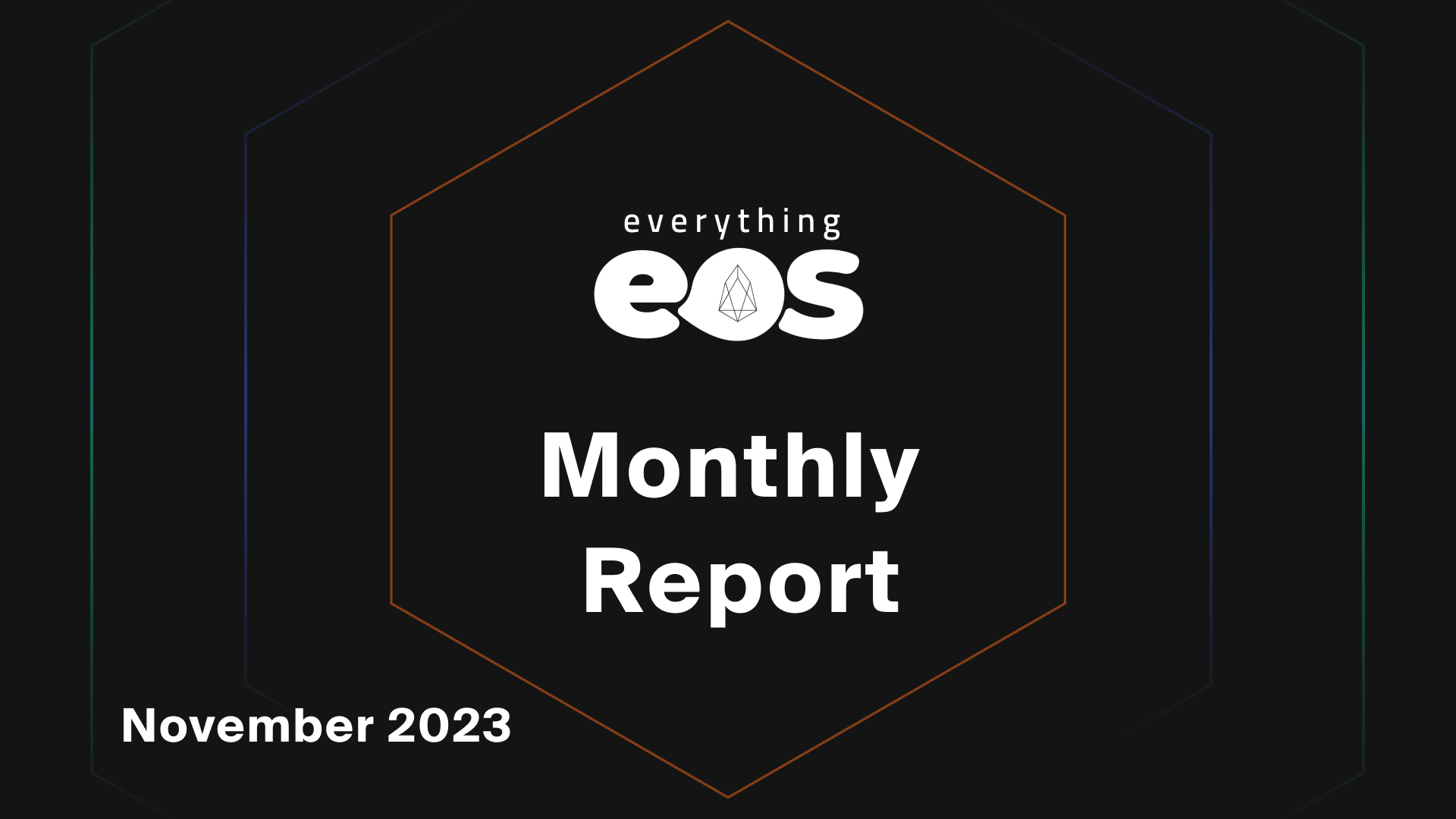Introducing EOS
An exceptionally fast and infinitely scalable smart contract platform.
EOS Stats
How to Buy EOS

Binance

Binance US

Coinbase

OKX

Kraken

Huobi Global

Kucoin

MEXC

Bybit

Crypto.com

Gate.io

Bitfinex

HitBTC

Poloniex

Newdex

Whitebit

AscendEX

Bithumb

LBank

ChangeNOW

CoinTR

SimpleSwap
EOS Network Metrics
Where to Store EOS
People Also Ask: Other Questions About EOS
What is EOS used for?
How does EOS work and operate?
What are EOS token utility and maximum supply?
Is EOS proof-of-stake (PoS)?
What makes EOS different from other blockchains?
What is next for the EOS Network?
How to get involved within the EOS ecosystem?
If you are interested in learning more about projects in the EOS global ecosystem or want to build on the EOS Network, the ENF offers a myriad of opportunities for you to start learning, earning, and developing in the world of Web3.
Through direct grants, sponsored working groups, and long-term product development, the EOS Network Foundation takes a birds-eye view of the EOS Network to ensure that funding flows freely to projects and products that contribute to the growth, development and worldwide adoption of EOS as the open web of the future. This creates positive-sum games, which allow EOS to continue maturing as a best-in-class blockchain ecosystem.
Learn more about the EOS Ecosystem and how to start your journey with the EOS Network.
How to create an EOS Account?
What projects are being built on EOS?
How does EOS manage fees?
What does governance look like on EOS networks?
Where can I learn more about EOS product releases?
Why build on EOS? How is it different from other blockchain technologies?
How do I get started on EOS?
What prerequisites do I need to build on EOS?
Where can I find documentation for EOS?
What is EOS Network and who governs it?
What is the EOS token?
Where can you store EOS?
- Anchor wallet
- Wombat
- TokenPocket













